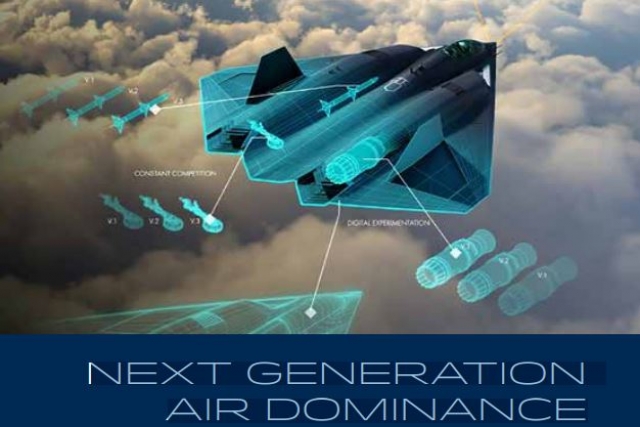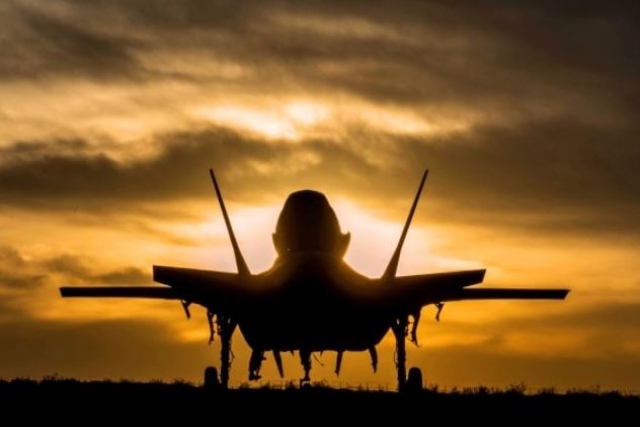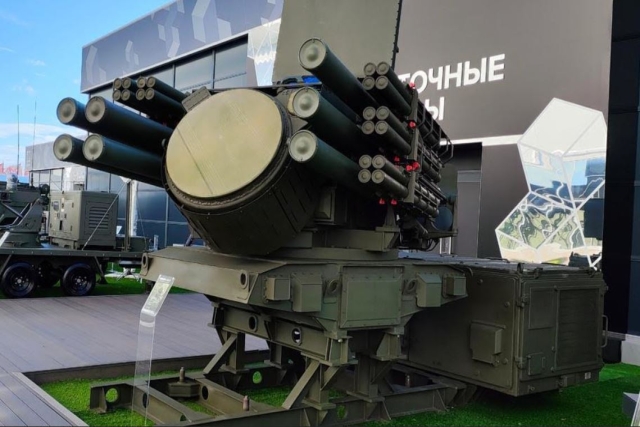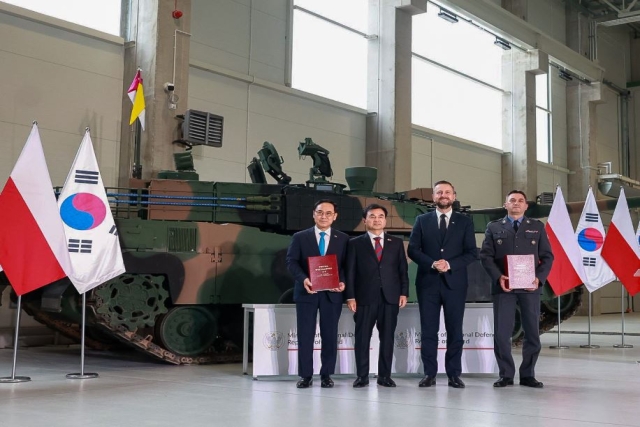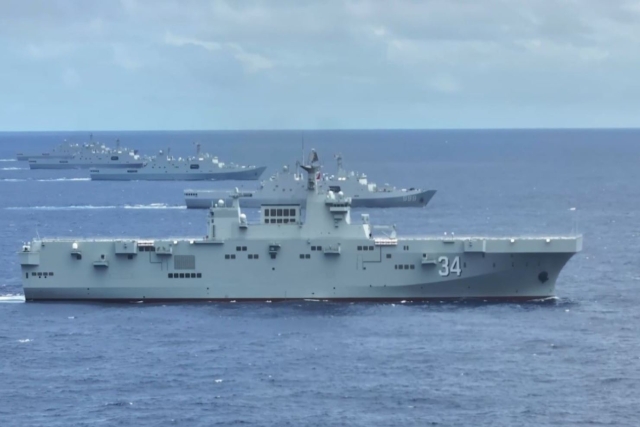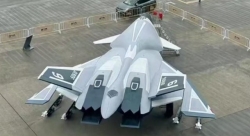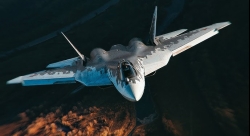GE, P&W Receive $3.5B Each for Next Generation Adaptive Propulsion Program
Expanded contracts prioritize advanced engine prototypes for future combat aircraft
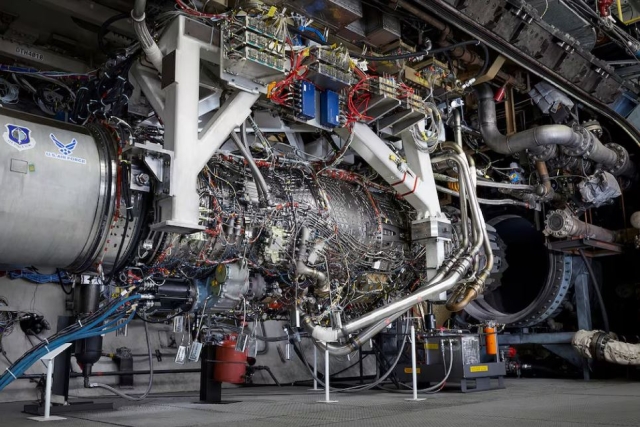
The U.S. Air Force has increased contracts with General Electric and Pratt & Whitney to $3.5 billion each to advance prototype development under the Next Generation Adaptive Propulsion (NGAP) program.
The companies received modifications to previously awarded contracts from 2022. These adjustments enable the design, testing, and integration of prototype engines under the NGAP initiative. Work is expected to conclude by July 2032.
The NGAP initiative aims to develop adaptive cycle jet engines capable of dynamically adjusting performance to optimize fuel efficiency and thrust based on mission requirements. These engines are expected to support the U.S. Air Force’s Next Generation Air Dominance (NGAD) program and other future aviation projects.
By leveraging flexible engine architectures, NGAP seeks to enhance operational range, combat survivability, and resource sustainability. Such features are vital for potential large-scale conflicts, where challenges like limited refueling options and contested airspace could arise.
Details on the NGAP designs from General Electric (XA102) and Pratt & Whitney (XA103) remain limited, though both passed major design reviews in 2023. These engines build on earlier models developed for the Air Force’s Adaptive Engine Transition Program (AETP), which was later canceled in favor of upgrading the existing Pratt & Whitney F135 engine for the F-35. The XA102 and XA103 feature adaptive cycle technology, allowing engines to adjust bypass ratios in-flight for better fuel efficiency or increased power, which is critical for future large-scale conflicts. General Electric claims its XA100 engine is 25% more efficient than the F135 and offers 10-20% more thrust in certain profiles.
While the future role of NGAP engines remains unclear after the Air Force’s review of its NGAD combat jet plans, these engines could still power future aircraft, including Collaborative Combat Aircraft (CCA) drones or stealth refueling tankers. The U.S. Navy’s F/A-XX program might also benefit from NGAP technology, though it plans to proceed independently from the Air Force.
The NGAP engines' final applications are uncertain, but contract modifications extend the development timeline through 2032.
The Air Force initially awarded NGAP contracts in 2022, distributing funds among engine manufacturers and prime contractors like Boeing, Lockheed Martin, and Northrop Grumman. The goal was to ensure compatibility between engine designs and airframe development for the NGAD program.

